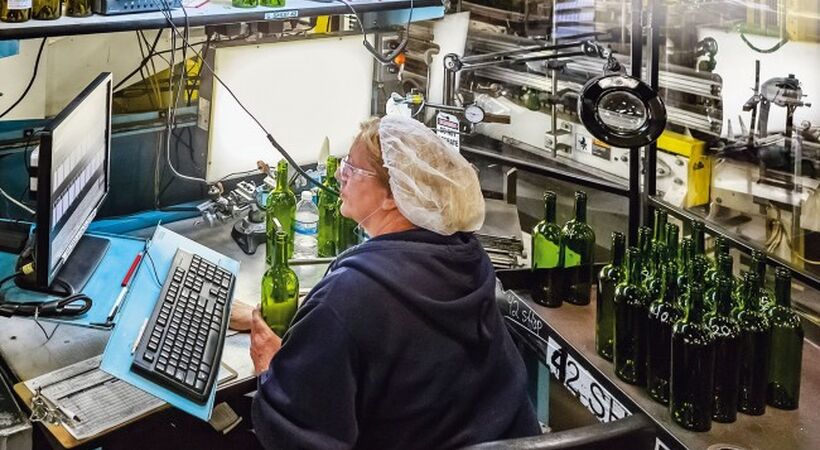Gallo Glass has chosen Siemens for its automation solutions.
The automation solutions has allowed the California-based manufacturer to increase its production volumes and extend its capacity.
Gallo Glass, a manufacturer of bottles for wine and spirits, celebrated its 60th anniversary last year.
Sustainable production
The business has undergone many changes over the decades and has been particularly concerned since the 1980s with environmentally responsible, sustainable production.
Although the business has incorporated many innovations since its foundation, even in its first few years, it is primarily investments and decisions made in the 1980s that are still having an impact.
It was then that Gallo Glass moved from mechanical to machine-assisted time management. In the 1990s, the business was one of the first in its industry to introduce an oxygen-fired melting furnace in order to reduce nitrous oxide (NOx) emissions.
Siemens has been part of the glass producer's success story since 2014.
New automation
The starting point was the lack of redundancy, the need for greater capacity, and the large workforce involved in production.
Gallo therefore charged EME, a specialist in batch plants and cullet processing, to design maximum redundancy into the batch plant and cullet recycling components.
Part of the new solution was a new process control system from Siemens. Using the Simatic PCS 7 controls' standards, comprehensive functions and product catalogs, EME was able to achieve end-to-end automation.
Reliable partner
The most recent upgrade was another demanding task. Among other things, the cullet plant, including the track loading point, was to be extended and integrated without halting production.
"That was like adding more controls during open heart surgery," said Mo Mashinchi, Project Manager at Gallo.
"There were no significant interruptions during the upgrade and we were able to continue to produce millions of bottles a day.
“For the future, we are now in the perfect position to avoid any disruption through preventive maintenance which was a very important requirement for us."
His conclusion on collaborating with Siemens is equally positive: "We are very happy with Siemens and have an excellent relationship with the relevant colleagues," he added.
“The solution we have in place is environmentally sustainable, and has increased our efficiency and availability as required. In addition to this, we have been able to extend our capacity thanks to system redundancy."
The fact that the automation is modular, and production can therefore be extended further rounds the solution off perfectly.





